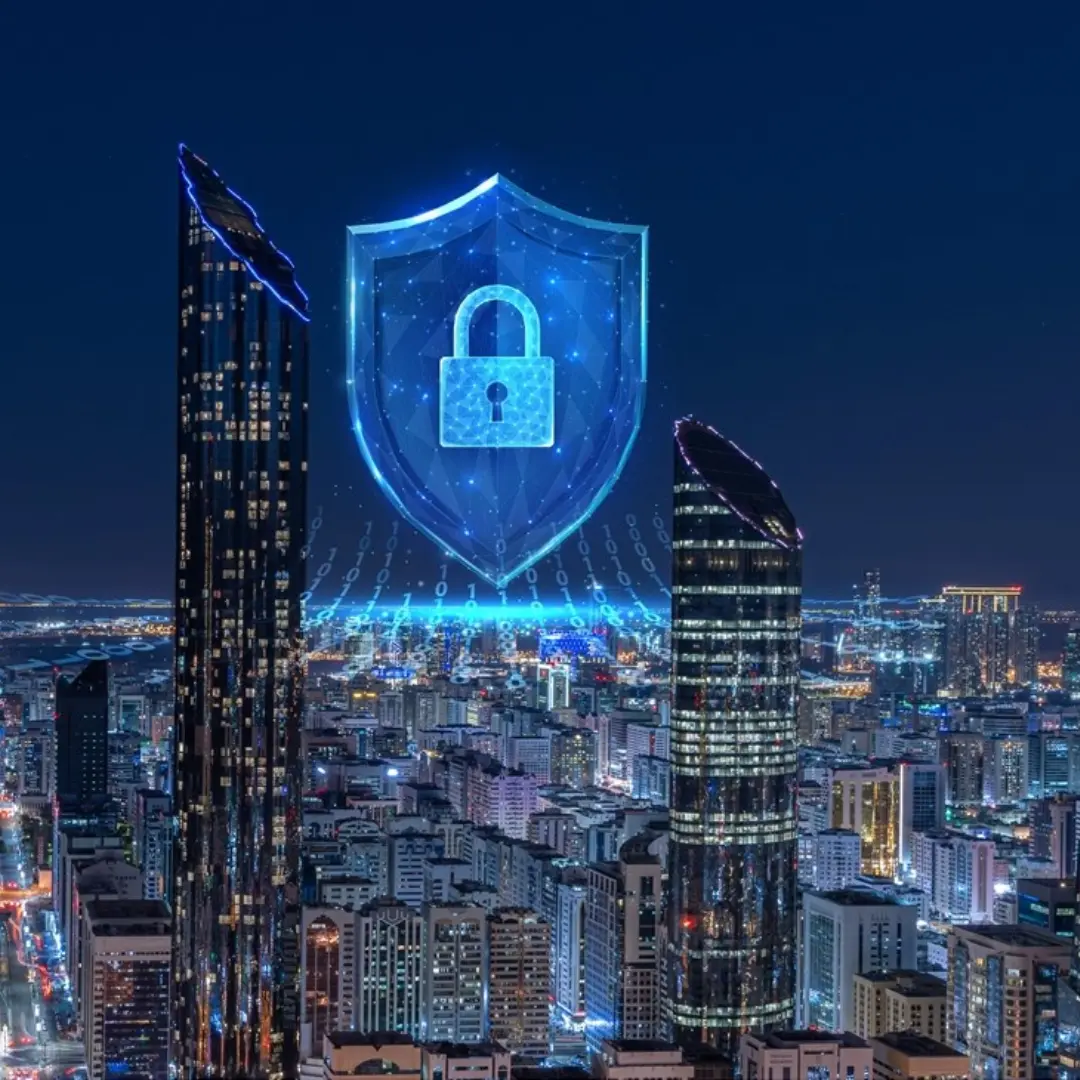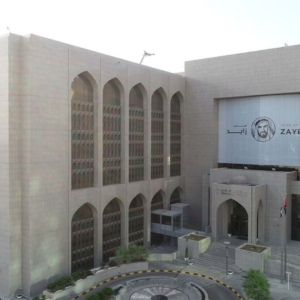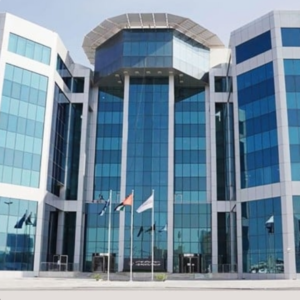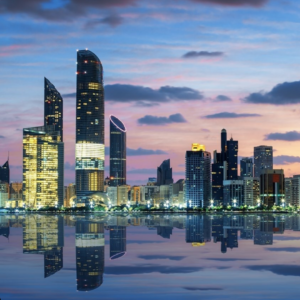In an impressive demonstration of digital fortitude, the UAE’s state-of-the-art cybersecurity systems are proving their mettle against a rising tide of cyber threats. Despite a concerning 11.7% increase in malware attacks, the UAE’s advanced cybersecurity infrastructure has effectively managed these threats, showcasing its capability to maintain robust digital resilience. Remarkably, the UAE boasts lower global detection rates for these attacks compared to many high-risk countries, underscoring the effectiveness of its protective measures.
The surge in malware attacks reflects a broader global trend where cybercriminals are continually evolving their tactics, aiming to exploit vulnerabilities in digital systems. However, the UAE’s proactive approach to cybersecurity has placed it ahead of the curve. By leveraging cutting-edge technologies, artificial intelligence, and sophisticated threat detection algorithms, the UAE has been able to mitigate the impact of these attacks more effectively than many of its peers.
One of the key strengths of the UAE’s cybersecurity framework is its ability to swiftly identify and neutralize potential threats before they can inflict significant damage. The advanced systems in place include real-time monitoring, automated threat response, and comprehensive risk assessments. These tools collectively enhance the UAE’s ability to defend its digital infrastructure, ensuring minimal disruption to its critical systems and services.
The lower global detection rates in the UAE highlight a critical aspect of its cybersecurity strategy: efficient threat management and a high level of digital resilience. While high-risk countries often grapple with higher detection rates and more frequent breaches, the UAE’s sophisticated systems enable it to handle a larger volume of attacks with greater efficiency. This effectiveness is attributed to continuous investments in technology, skilled cybersecurity professionals, and strategic partnerships with global experts.
In addition to its technical prowess, the UAE emphasizes a holistic approach to cybersecurity that includes public awareness campaigns, regulatory frameworks, and collaboration with international cybersecurity organizations. These efforts collectively contribute to a secure digital environment, fostering confidence among businesses and individuals alike.
The impact of the UAE’s cybersecurity measures extends beyond just protecting data and infrastructure. It also plays a crucial role in supporting the country’s digital economy and innovation ecosystem. By ensuring a secure digital landscape, the UAE can attract international businesses, promote technological advancements, and drive economic growth.
Looking ahead, the UAE remains committed to evolving its cybersecurity strategies to stay ahead of emerging threats. Continuous research and development, along with adaptive security measures, will be essential in maintaining the country’s digital resilience. The UAE’s ability to effectively manage and mitigate malware attacks, even amidst a significant increase, reflects its dedication to safeguarding its digital frontier and setting a high standard for cybersecurity globally.
In conclusion, the UAE’s response to an 11.7% increase in malware attacks highlights the strength and efficiency of its advanced cybersecurity systems. By maintaining lower global detection rates compared to high-risk countries, the UAE underscores its position as a leader in digital resilience. This success not only protects its digital infrastructure but also reinforces its role as a secure and innovative hub in the global digital landscape.









